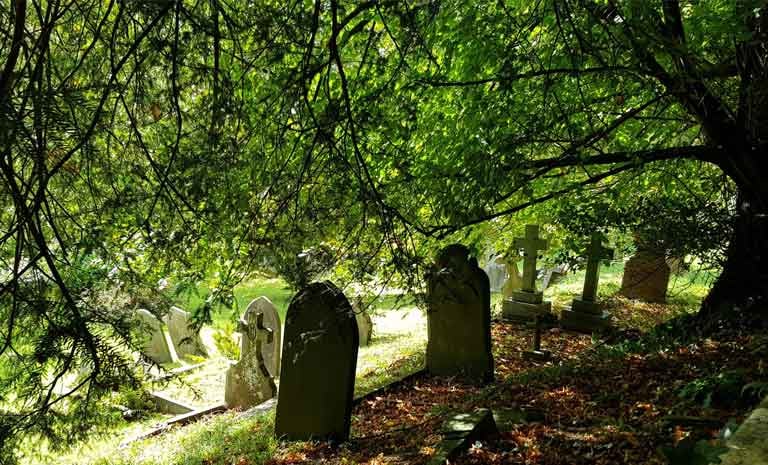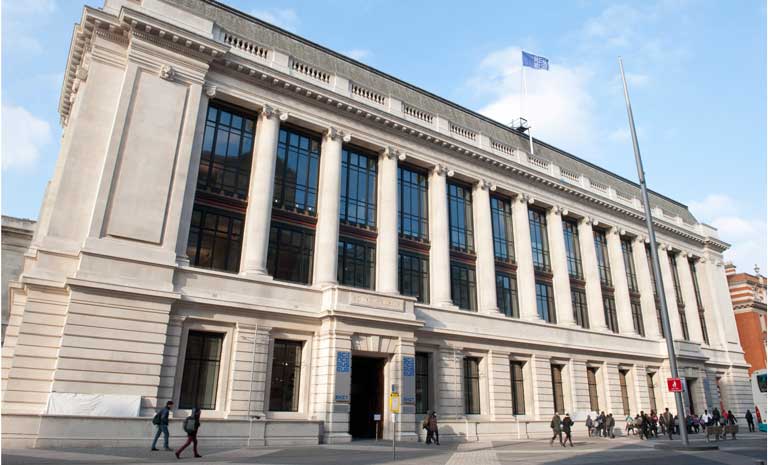Arts and Culture
Article
The Culturephiles
ba97ec42-6ff6-48a8-b596-0784f7d88579
5 min
https://edge.sitecorecloud.io/tessituraneab9a-tessiturane5642-staging-5396/media/Images/Discover-Images/Andrew-Blog/Archive/candles-zoran-kokanovic-768x465.jpg?h=465&iar=0&w=768
The role of arts and culture to comfort, heal and illuminate
The Trajectory After Tragedy

President & CEO, Tessitura
The Trajectory After Tragedy
12/12/2019
5 min
How do you search your heart when your heart has gone numb?
Within the space of two weeks, the Tessitura team lost two bright souls – suddenly and tragically. Both souls were taken many decades before their time. Both souls were smart, kind, warm humans. Both souls were loved deeply by the team and our community.
The Tessitura team is a family, and we went into collective shock. It has been a punch in the gut.
The Trajectory of Tragedy
The trajectory of tragedy is so often the same. The event itself is a sudden vertical spike of horror, action and adrenaline — like a sharp intake of breath. From there, the process of making sense of it, reconciling it, and ultimately weaving the memories of those radiant souls into the tapestry of our lives, is like a long, slow exhale that can take months or years to return us to balance.
The terrible news blares forth like a klaxon during that first sharp intake. Afterward, arts and culture gently guide us along that long exhale toward understanding.
After receiving our horrible news, the Tessitura team and so many friends around the world reacted with anguish — and then quickly with love. Remembrances, pictures, stories, poems, hastily gathered and posted online or in our private team chat rooms.
The Outpouring
This sort of spontaneous outpouring in the immediate wake of tragedy is not unique. It reminded me of walking past the impromptu shrines outside of the fire stations of New York City in the days after 9/11. Or seeing pictures of the flowers outside Buckingham Palace after the death of Princess Diana. I suppose these are humanity’s initial attempts to memorialize the dead and show support and empathy for the survivors. An attempt to do something when there is nothing we can do.
To me, this is the first role culture plays in the aftermath of a tragedy: it is an outpouring. We are overcome, and we naturally reach out to familiar cultural forms for comfort — simple acts of art, words, music or movement. Gestures of outpouring are simple and often painfully personal.
Outpouring is so bound up in sheer emotion and shock that there is no real synthesis yet. How could there be?
The day after our tragedy, my friend and co-worker Don sent me this short message: Hang in there Andrew. Big breaths — take some walks — listen to some music. Peace. D
• • •
The American poet Walt Whitman deeply loved President Abraham Lincoln, and like so much of the country, was devastated when Lincoln was assassinated. It took four days for the usually verbose Whitman to even put pen to paper, and at that point his first lines of verse were pure outpouring.
Not yet the subtle words of this timeless writer, the poem was simply an appeal to remember the wartime leader:
As they invault the coffin there;
Sing — as they close the doors of earth upon him — one verse,
For the heavy hearts of soldiers.
— Walt Whitman, from Hush’d Be the Camps To-Day
Like Don’s simple note to me, Whitman’s first lines were brief, pure, musical.
In the moment of outpouring, that is the role of culture: not to heal, not to enlighten, simply to comfort.
• • •
We don’t know when arts and culture officially “began,” but I believe that one of the first roles of culture must have been in response to tragedy. Archaeologists find carved drawings and primitive sculptures alongside skeletons encased in tombs. Without a doubt, there is a temporal line of outpouring from tribute images carved in a tomb, to Whitman’s first words after the death of Lincoln, to handmade posters outside a New York City fire station, to quickly typed tributes posted on Facebook.
Synthesis
It took Walt Whitman months to synthesize Lincoln’s death. In time he was able to find the words and imagery. In his elegy When Lilacs Last in the Dooryard Bloom’d, he notes the season of the assassination as the time when the lilacs bloom each year at his home in the country. He then compares the tall, gentle President he loved, to those very lilacs:
In the dooryard fronting an old farm-house near the white-wash’d pailings,
Stands the lilac-bush tall-growing with heart-shaped leaves of rich green,
With many a pointed blossom rising delicate, with the perfume strong I love
— Walt Whitman, from When Lilacs Last in the Dooryard Bloom’d
In that long exhale after tragedy, the raw outpouring slowly evolves into the cooler and more profound synthesis. The grassroots Facebook tributes become the lasting cultural remembrance of elegies: words, music, photographs, art.
It is arts and culture that allow those who have died to live forever in illuminated form.
Metamorphosis
Given enough time, the long exhale after tragedy sometimes has an unexpected final moment that transforms a profoundly negative act into an enduring work of beauty. This is the last gift that arts and culture can create out of tragedy — from outpouring to synthesis to metamorphosis.
Nearly a century after Lincoln’s assassination, in 1946, a new requiem by the German composer Paul Hindemith received its premiere in New York City. Called When Lilacs Last in the Dooryard Bloom’d, it took its text from the Whitman poem. It had been commissioned to remember another fallen wartime president: Franklin Roosevelt.
Consider this work: the assassination of our Civil War president led to an elegiac poem by an American humanist. Eighty years later this poem was set to music for orchestra and chorus by a German composer to memorialize the death of our World War II President.
The Washington Post had this to say of the premiere: “I doubt if we shall ever mourn Abraham Lincoln’s untimely death more eloquently than in the words of Walt Whitman set to the music of Paul Hindemith; it is a work of genius, and the presence of the genius presiding over its performance brought us splendor and profound and moving glory.”
Whether it is a requiem for two dead presidents spanning 80 years, the horror of 9/11 sparking the beautiful show Come from Away, or a famous duel in Weehawken, NJ metamorphosing into Hamilton — ultimately Metamorphosis can be a final act of culture after a tragedy.
It may take years, decades or centuries, if it happens at all. But when it does, it is the final reminder of our capacity as humans to find enduring beauty, meaning, and comfort out of even the most despicable of acts. That is the role of arts and culture after tragedy.
• • •
As for our team, in this moment in time, we are still in a state of outpouring. I suspect we will be for a while. Please know that we will find time to dwell with the many cultural forms that can lead us out of the darkness.
As for me, I’m going to take my friend Don’s advice: I’m going to listen to some music.
Topics
Arts & Culture

How to be a good ancestor | Andrew Recinos
Arts & Culture
How a conversation with a genealogist changed how I talk with my family

Superpowers of Observation | Andrew Recinos
Arts & Culture / Museums
How a clever museum exec looked up from the numbers and saw the story of the solution.
